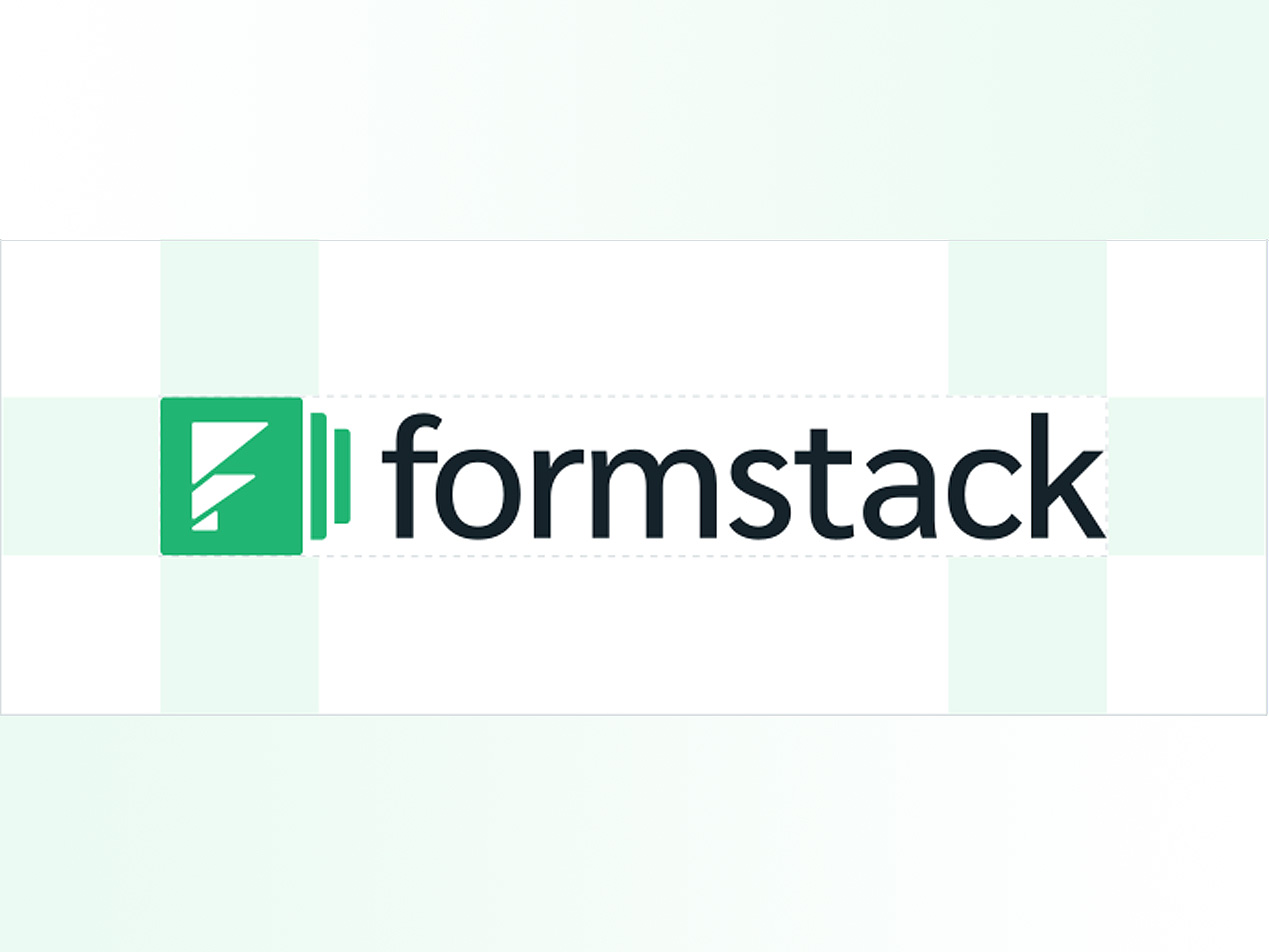
WordPress forms collect visitor data on WordPress sites. However, when handling sensitive health information, such as protected health information (PHI), there are considerations and practices for ensuring HIPAA compliance with WordPress forms.
Do WordPress forms need to be HIPAA compliant?
WordPress forms that collect or transmit PHI are subject to HIPAA regulations. If your website deals with sensitive health information, your WordPress forms must be HIPAA compliant. This compliance ensures the confidentiality, integrity, and availability of PHI, safeguarding individuals' privacy and protecting their health data.
WordPress forms and HIPAA compliance
To ensure that the WordPress forms you choose are HIPAA compliant, you can follow these steps:
- Select a HIPAA compliant form plugin: Choose a WordPress form plugin that explicitly states its HIPAA compliance. Look for plugins offering specific features and functionalities tailored to handle sensitive health information.
- Review documentation and certifications: Check the documentation provided by the form plugin developer to confirm their claims of HIPAA compliance. Look for details about the security measures implemented, encryption protocols, access controls, and other features necessary for HIPAA compliance.
- Evaluate security features: Assess the security features offered by the form plugin. Ensure that it provides robust encryption for data transmission (SSL/TLS), encryption at rest for stored data, secure user access controls, and auditing capabilities to monitor access and activity.
- Business associate agreement (BAA): If you plan to use a third-party service provider, such as a form plugin or hosting service, ensure they are willing to sign a BAA. A BAA establishes the provider's commitment to HIPAA compliance and defines their responsibilities in protecting PHI.
- Test the form functionality: Set up a test form and evaluate its functionality concerning data security. Test how it handles PHI, whether it encrypts data during transmission, and how it stores and protects the collected information.
- Regularly update and monitor: Keep your WordPress forms and associated plugins up to date to ensure you have the latest security patches and features. Regularly monitor your forms, review access logs, and perform periodic security assessments to identify and address any vulnerabilities.
- Secure email communication: If your WordPress forms send email notifications containing PHI, ensure email communication is secure. Implement secure email protocols or use HIPAA compliant email services to protect the privacy of PHI during transmission.
Recommended HIPAA compliant WordPress forms
We know that Jotform is HIPAA compliant and can be embedded in a WordPress site. They will sign a BAA and meet the privacy and security requirements for compliance.
Additional practices for WordPress forms HIPAA compliance
- User education and training: Train your employees on HIPAA compliance and best practices for handling PHI. Educate users about privacy and security measures, emphasizing the importance of protecting sensitive health information.
- Ongoing compliance management: Regularly review and update your security measures to stay compliant with evolving HIPAA regulations. Stay informed about any changes in HIPAA requirements and adjust your practices accordingly.
Related: HIPAA compliant WordPress hosting: A comprehensive guide
By selecting a HIPAA compliant form plugin, implementing encryption and access controls, obtaining BAAs, and maintaining rigorous security practices, you can safeguard PHI and protect the privacy and security of individuals' health information.
Subscribe to Paubox Weekly
Every Friday we'll bring you the most important news from Paubox. Our aim is to make you smarter, faster.




